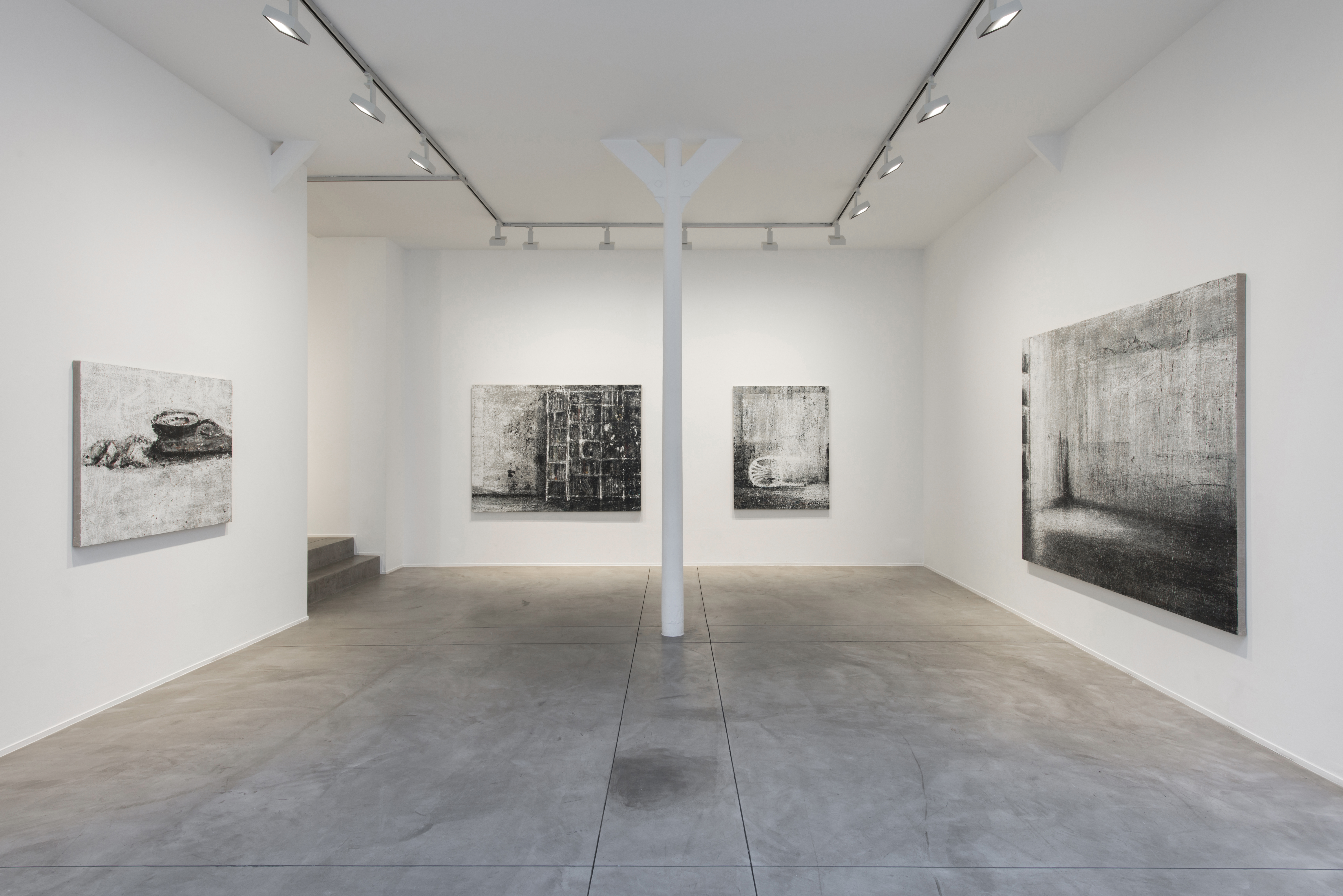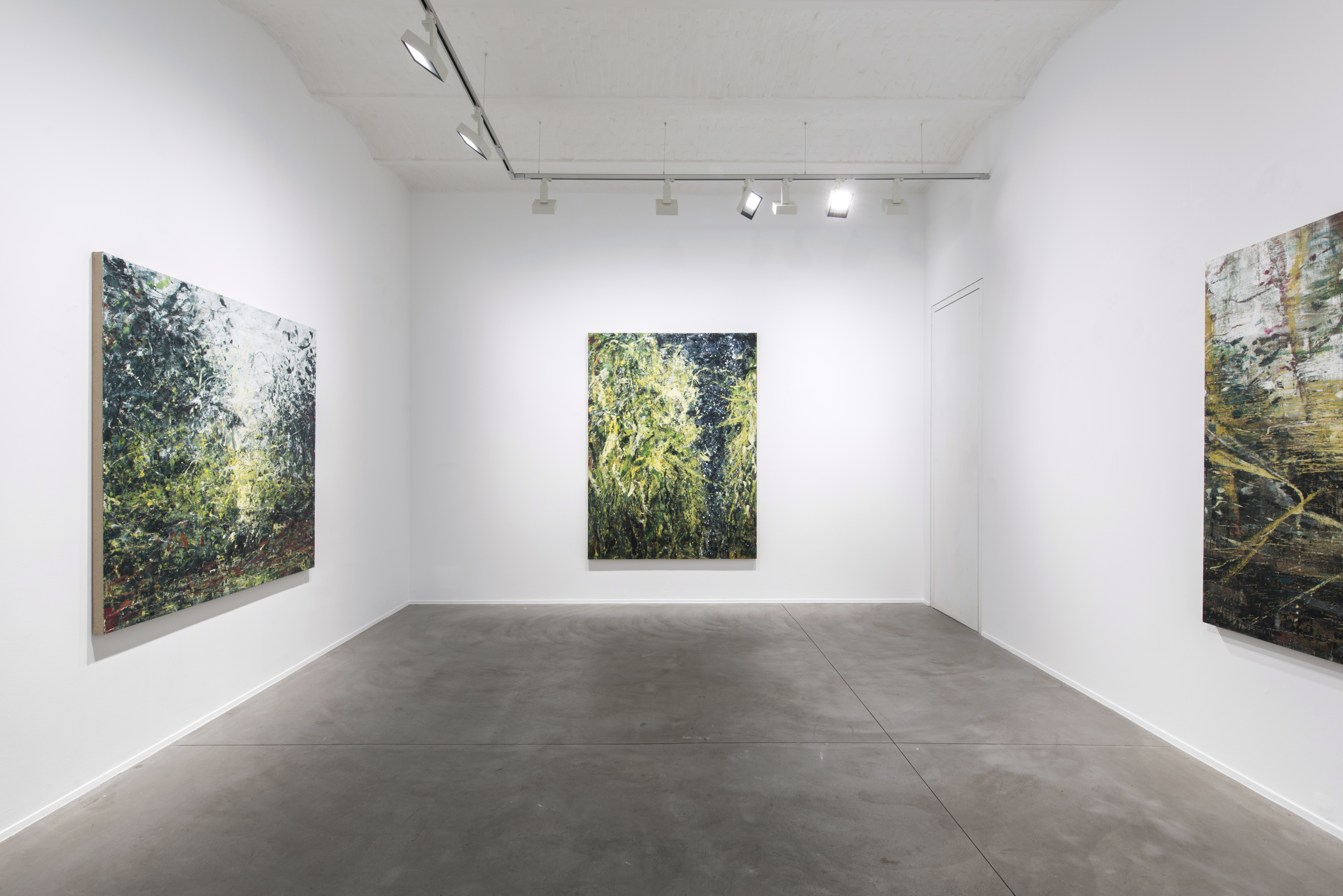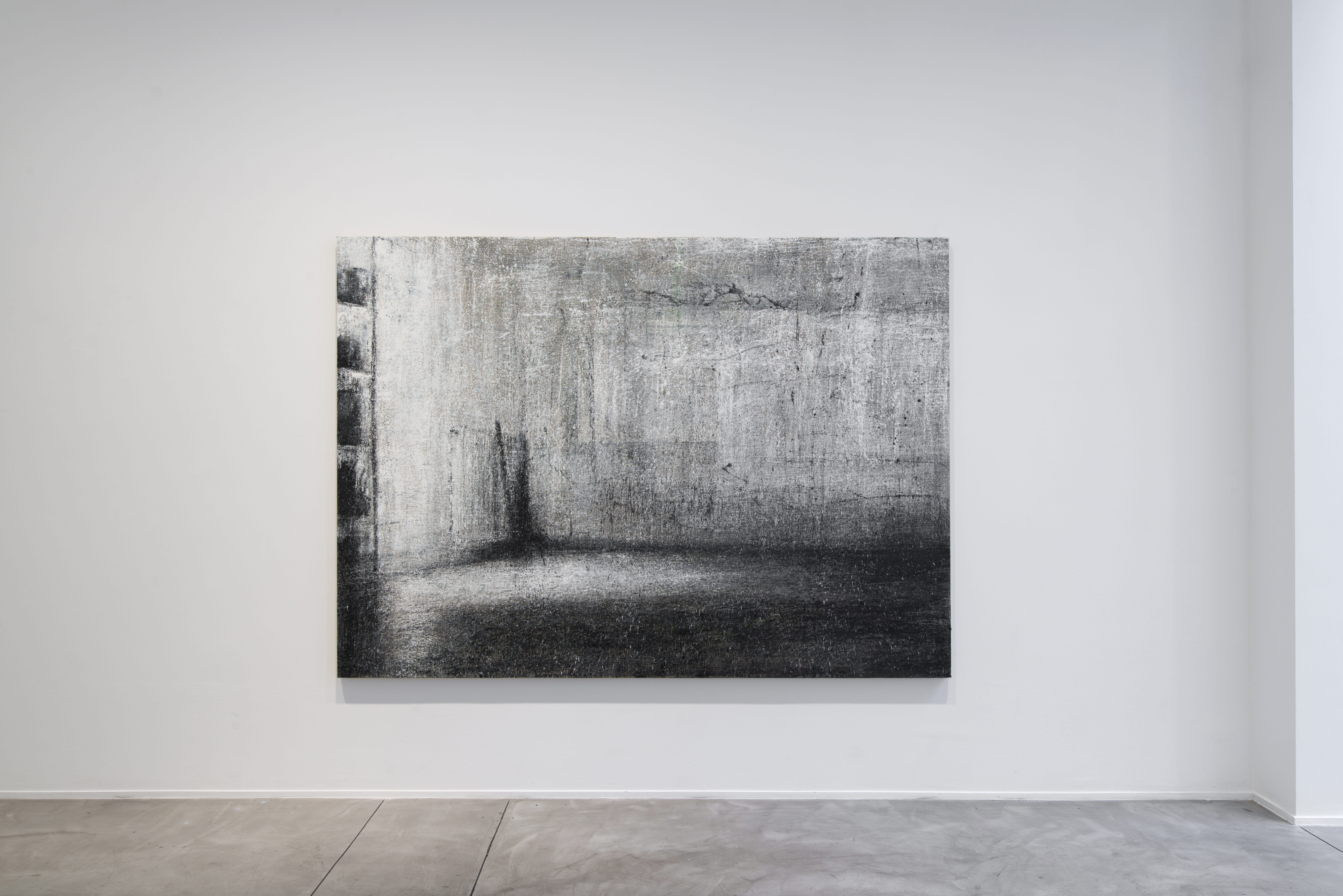
Philippe Cognée
Eye of the storm
Galerie Templon is kicking off the new season in Brussels with the return of Philippe Cognée. In Eye of the Storm, the French painter, famous for his inimitable blurred wax technique, unveils a series of fifteen canvases flirting with abstraction.
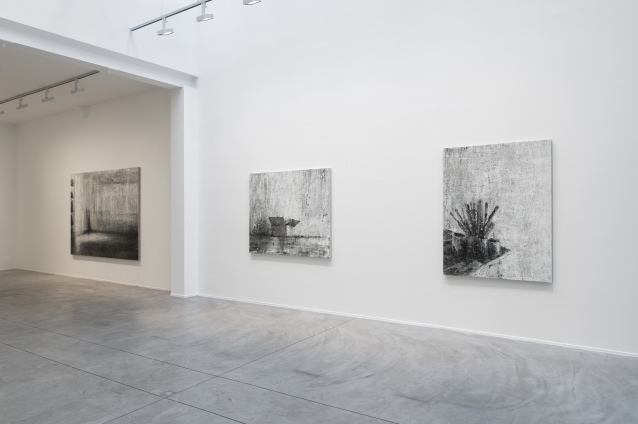
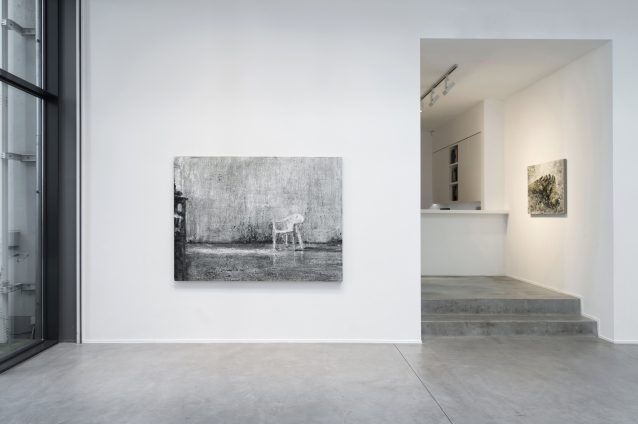

Created over the last year during the pandemic and keeping pace with the successive waves of lockdown, these new series alternate indoor and outdoor scenes. Views of a deserted but strangely serene studio contrast with a number of large impetuous landscapes, drenched in a nature bubbling over with life.
Philippe Cognée has long used his painting to explore the shifting contemporary perception of the most ordinary features of our environment, from motorways and supermarkets to anonymous hotel rooms and dreary suburbs. Drawing inspiration from photographs, videos or images garnered online, he questions our relationship to the image and the capacity for painting to transcend our vision of an increasingly uniform world. The wax-based painting he has been practising for over 20 years opens the door to a wide variety of experiments. Crushed, projected, melted and scraped, the surface he works on, similar to skin, reveals unexpected aspects of his sometimes unrecognisable subjects.
By choosing to set up a contrast between depictions of the studio – here a solitary chair, there a pot of paintbrushes or handful of abandoned cloths – and of nature in all its sublime but untameable glory, Philippe Cognée is tackling far more than the issue of isolation. Each canvas becomes an examination of the purpose of painting, the role it plays in the long pictorial tradition, and its ability to represent and enchant the world. Formal questions centring on empty and filled space, on shadow and light, subtly create a metaphysical interrogation of the condition of modern humanity and its insatiable thirst for beauty.

La chaise blanche renversée

The artist

Philippe Cognée was born in 1957 in Nantes, France, where he lives and works. His paintings use wax that is heated and crushed, producing a blurred effect and raising questions such as the thinning away of the image and the human condition in the light of humans’ relationship to their urban environment. The artist draws inspiration from photos and videos of elements such as motorways, buildings and aerial shots. His work questions the role of art in a society where new digital technologies have ushered in the era of the image, both omnipresent and diminished.

